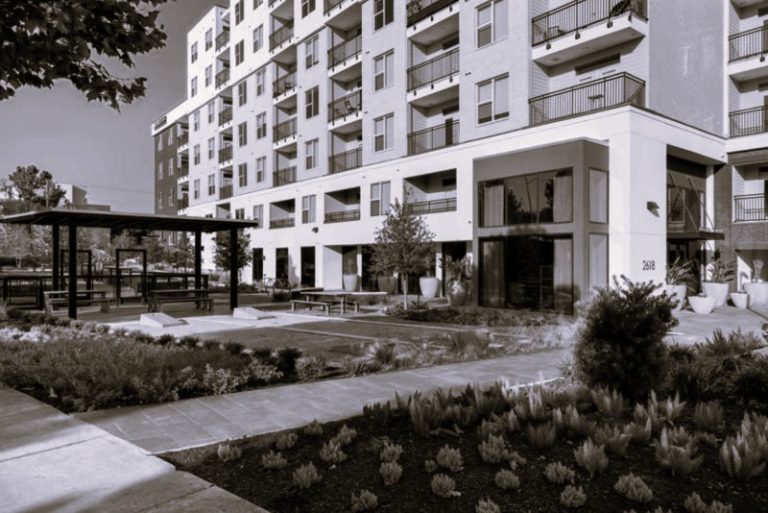
Perhaps, as a creative entrepreneur with a social butterfly at heart, you’ve always fantasized of starting a bar of your own. From a high-end lounge to a laid-back sports bar, the vibrancy and social element of this business have always piqued your attention, and you’re ready to take the leap. But how do you get started?
Making the decision to establish a bar is an exciting prospect, but you undoubtedly have a lot of questions, from drink selection to bar designs options. After all, no matter how much experience you have or how natural your professional attitude is, the intricacy of opening up may be challenging.
This book will assist you in putting your daydream into action and will provide you with all of the information you want on how to establish a bar.
1. Business Plan
When beginning a firm, it is critical to plan out a strategy for achieving your objectives. Developing a bar business plan includes the vision you have for your establishment as well as a strategy for expanding the company. An effective management tool, it may assist you in reaching your short- and long-term objectives. Your business plan should include a market and competitive study, a product and service description, financial costs, and an operational strategy.
You should keep in mind that creating a bar business plan may assist you in identifying flaws in your business model that can be corrected before launching, therefore lowering your chance of failure. It may also assist you in putting your most important objectives on paper, such as your mission statement and competitive advantage.
2. Business Structure
When beginning a business or a new firm, one of the most important decisions you will make is how to organize your company’s organizational structure. Do you want to operate as a sole proprietorship, a partnership, an LLC, or a corporation, to name a few options?
A sole proprietorship or a partnership may be less complicated to establish, but one disadvantage of this structure is that you are personally accountable for any litigation or debts incurred by your bar or restaurant. Setting up a restaurant or bar as a limited liability company (LLC) or a corporation is the best option if you want to avoid personal liability. These business structures operate as separate legal entities and assume the obligations of the company, therefore reducing your personal exposure.
3. Name and Logo
When you open a bar, the name makes an impact on potential customers, and it may affect whether or not they decide to give it a go. Make certain that you spend sufficient time naming your company and that you trademark the name thereafter.
Always make sure that before you trademark a logo, that the logo designer grants you the copyright to the logo, or at the very least, the rights to use the logo for your company.
4. Licenses and Permits
A liquor license is required for all bars, in addition to the usual requirements of forming a business corporation, registering your firm, and getting a business license. Liquor licenses are issued by your state’s Alcohol Beverage Control department. It’s important to investigate state alcohol regulations in order to understand what you’ll need in order to acquire a license. If you are planning to renovate your present location, you will also need to consider food-handling licenses, music licenses, and a variety of other building permissions. Failure to obtain the necessary license is a stupid error that can result in the closure of your establishment, so don’t miss this step.
5. Bar Location
The location of your bar is critical to the success of your business. When considering potential sites, consider how much foot traffic you want to attract, who your target customer base will be, and how much time a customer will spend on average at your bar, among other factors. These can assist you in determining the amount of space required as well as the finest neighborhood for your business. Be cautious when traveling through regions that are always under development.
6. Bar Design
Everything revolves around your personal style. Choosing the appropriate music, décor, and furnishings for a night out is crucial since people go out for the environment and to mingle. The following factors should be taken into consideration when purchasing furniture for your restaurant or bar, whether you’re starting a new establishment or remodeling an old one. After all, the appearance of your bar or dining area will immediately make an impact on clients, whether it is a positive or negative one.
If you want to make a lasting impression on customers, your bar and restaurant furniture should make them feel comfortable while also reflecting the design of your company. Is your company’s dress code casual or formal? What do you prefer: quirky or elegant? In a similar vein, the arrangement you choose for your dining room should maximize available space while leaving adequate area for foot movement from waitstaff and customers. Following your decision on the sort of experience that would best suit your bar, the next step is to design a floor plan that maximizes seats and available space. Whichever option you choose, be certain that you do it right the first time so that you can provide a memorable experience for your consumers and keep them coming back.
7. Inventory Management
Keep an eye on your bar’s inventory if you want to know how much money you’re making! This includes the tracking of liquor, food, and other products. Correct inventory tracking may assist you in setting prices and determining which goods are the most profitable in your establishment. Use this information to assist bartenders to make better drink suggestions, enhance your bar’s profit margin, and set your bar menu’s pricing to be profitable.
In addition to maintaining accurate inventory records, make certain that your accounting system is up to date. In order to know how your business is performing and where changes may be made, you should utilize Quickbooks or employ a bookkeeper.
8. Hire the Staff
Your bar will not be successful until you hire the proper people. Great bartenders are dedicated to their profession, and they are also innovative, driven, and enthusiastic about coming to work every day. In addition, if you provide table service, alcohol training for servers is essential as well. Because bartenders are the public face of your establishment, you may wish to recruit based on their skills and personality fit.
Keep in mind that barbacks are the unsung heroes of the bar while you’re looking for new employees. Once you’ve assembled a top-notch team, you can rely on them to discover you further prospects. The most talented personnel are frequently drawn from an existing network, as great bartenders know other great bartenders, for example.
Continue to keep your employees engaged and pleased by posting pictures of their creations on social media or submitting them in bartending contests and prizes. And never stop learning new things. When it comes to helping your prospective bar crew develop into true hospitality experts, bartender training is very vital.
Conclusion
Every aspirant bar owner fantasizes about owning a successful business that generates a lot of revenue for their company. Long hours and dedication are required, despite the fact that the job may be fun, fulfilling, and even profitable at times. Your ability to run your bar and keep your operational costs under control will determine your profitability. If you decide to open a bar, you now have the knowledge necessary to get started and manage a successful business in this industry.







